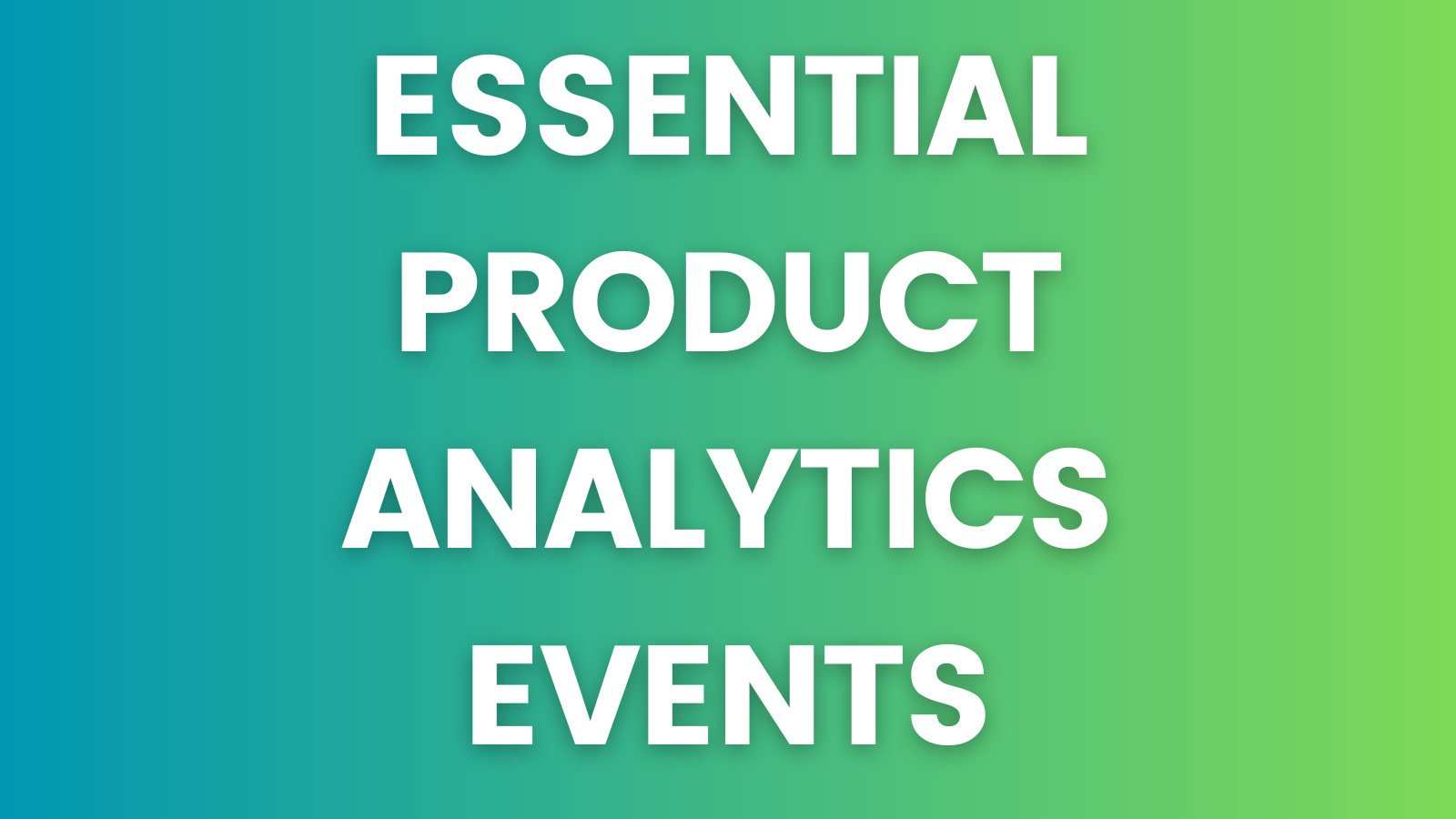Businesses rely heavily on data-driven insights to make informed decisions about their products. Product analytics, the practice of collecting and analyzing user interactions with a digital product, plays a pivotal role in understanding user behavior, improving user experience, and ultimately driving product success. To achieve this, tracking the right events is essential. Here, we delve into some crucial examples of events to track for effective product analytics.
1. User Onboarding Completion
The user onboarding process is a critical phase that sets the tone for a user’s experience with your product. Tracking events related to onboarding completion, such as account creation, profile setup, and initial interactions with key features, helps you identify potential bottlenecks and areas for improvement in the onboarding journey.
2. Feature Adoption
Monitoring how users engage with different features of your product is invaluable. By tracking events like feature clicks, usage frequency, and completion of tasks related to specific features, you can gauge which functionalities resonate most with users and optimize those that need attention.
3. Conversion Milestones
Conversion is often the ultimate goal for a product. Tracking events that mark significant conversion milestones, such as signing up for a subscription, making a purchase, or completing a desired action, provides insights into your product’s value proposition and user journey effectiveness.
4. User Engagement and Retention
Understanding user engagement is crucial for retaining customers over the long term. Tracking events like time spent in the app, number of sessions, and interactions per session helps you gauge the level of user engagement and pinpoint strategies to boost user retention.
5. Error and Bug Tracking
No product is immune to errors or bugs. Monitoring events related to error messages, crashes, and user-reported issues helps you identify and rectify problems swiftly, ensuring a smoother user experience and maintaining your product’s reputation.
6. Feedback and Surveys
Incorporating user feedback into your product development cycle is essential. Tracking events related to user surveys, feedback submissions, and Net Promoter Score (NPS) responses enables you to gather valuable insights, address user concerns, and align your product with user needs.
7. A/B Testing Results
A/B testing allows you to compare different versions of your product to determine which one performs better. Tracking events tied to A/B tests, such as user interactions and conversion rates for each variant, helps you make data-driven decisions about which changes to implement permanently.
8. User Churn
Churn, the rate at which users stop using your product, is a critical metric for growth. By tracking events associated with user churn, such as last active date and cancelled subscriptions, you can identify patterns leading to churn and take proactive measures to retain users.
9. Referral and Social Sharing
Word-of-mouth and social sharing are powerful drivers of user acquisition. Monitoring events related to user referrals, shares on social media, and invitations sent to friends allows you to assess the effectiveness of your referral programs and viral marketing strategies.
10. User Path Analysis
Understanding the user journey within your product is vital. Tracking events that capture the sequence of actions users take, including clicks, page visits, and interactions, helps you visualize common paths, identify drop-off points, and optimize the flow for a seamless experience.
Don’t forget to check our Mastering Events series.



5 thoughts on “Essential Product Analytics Events to Track for Informed Decision-Making”
Comments are closed.